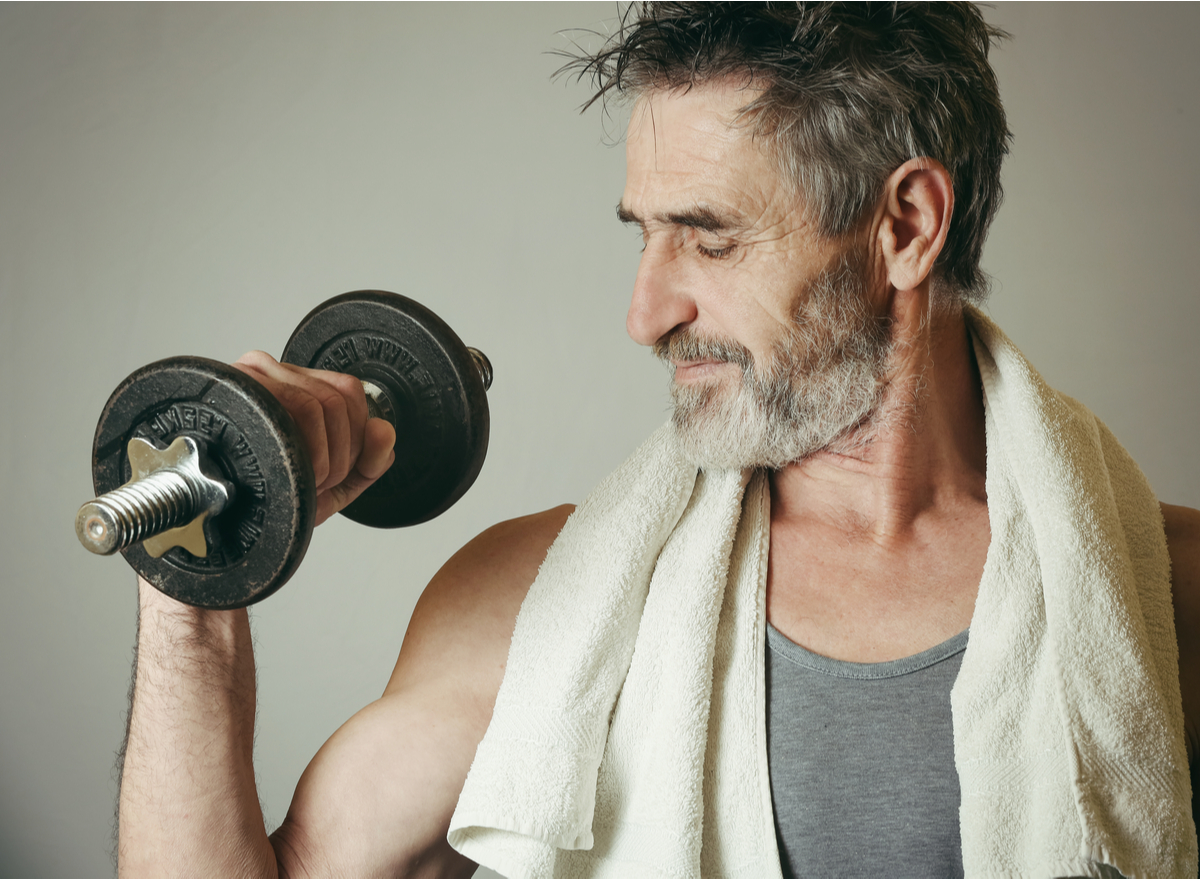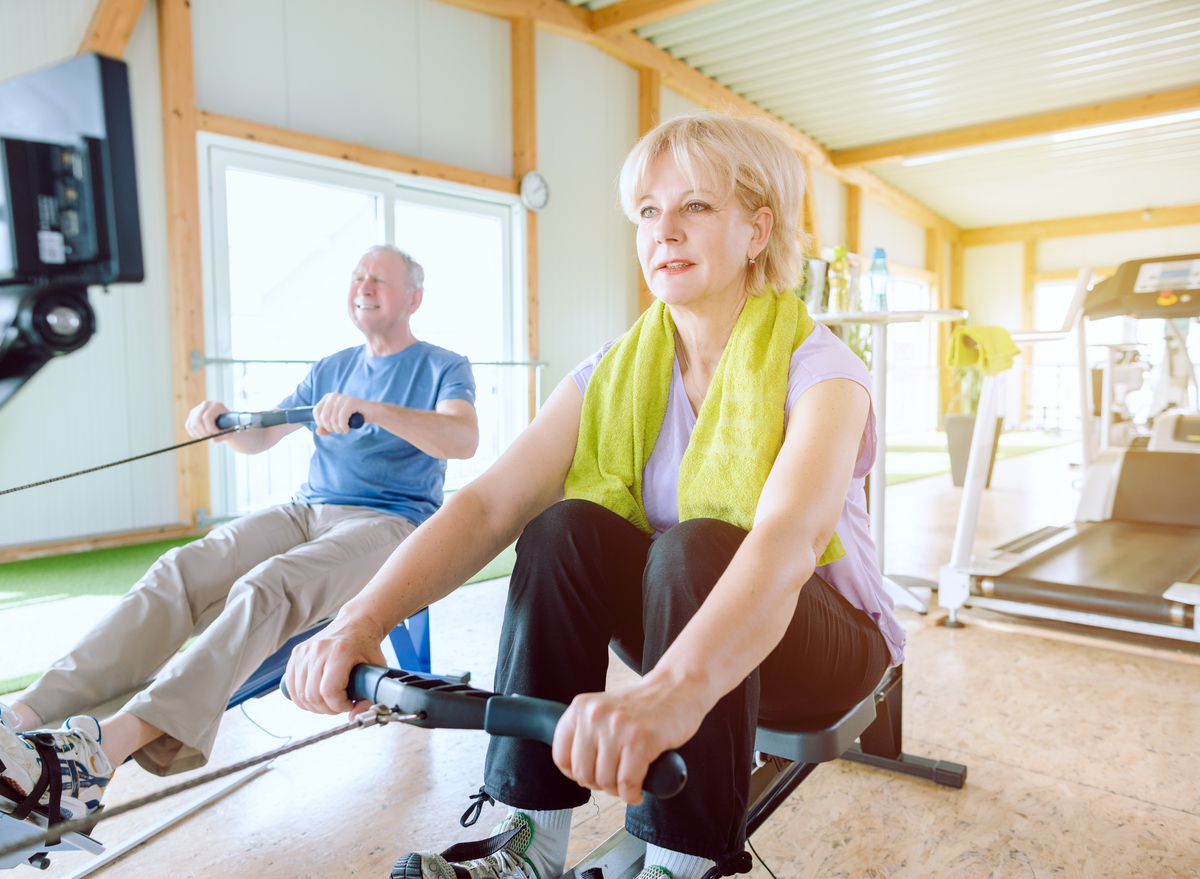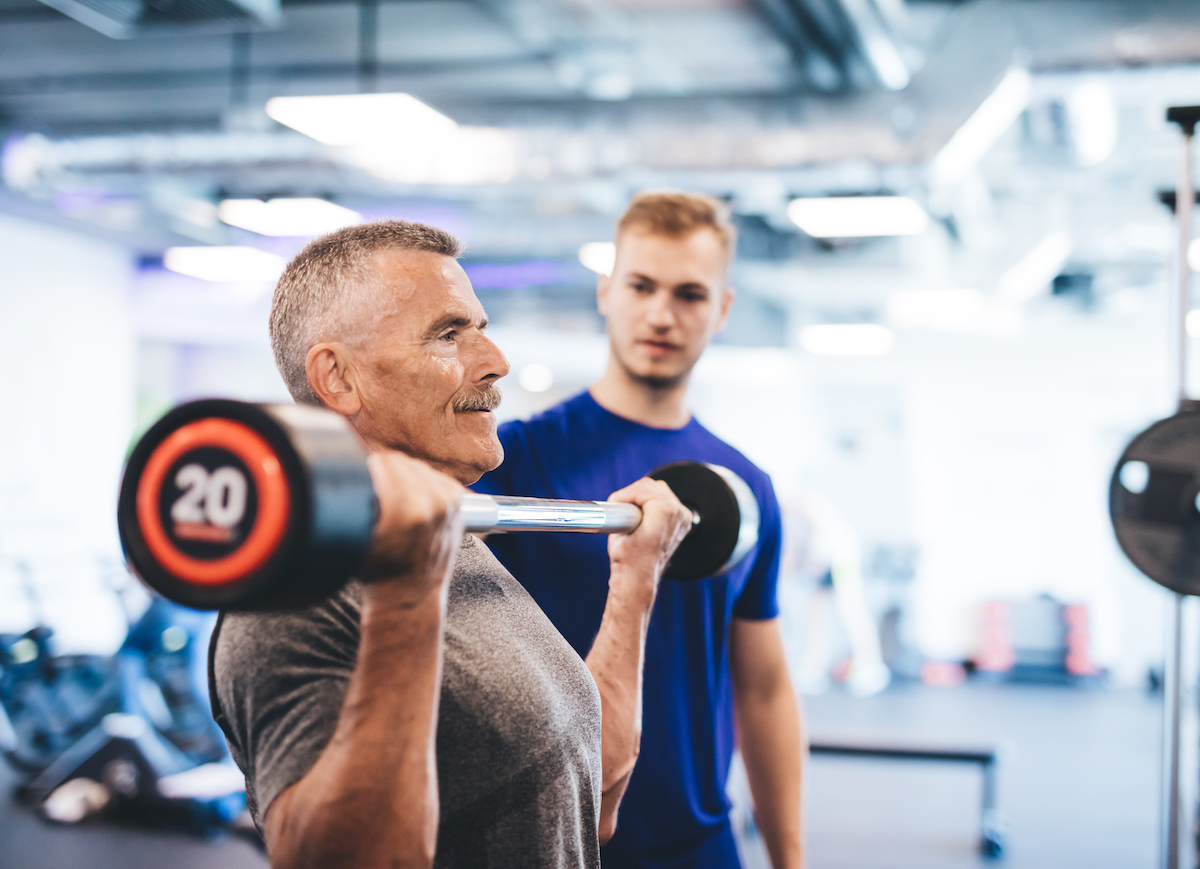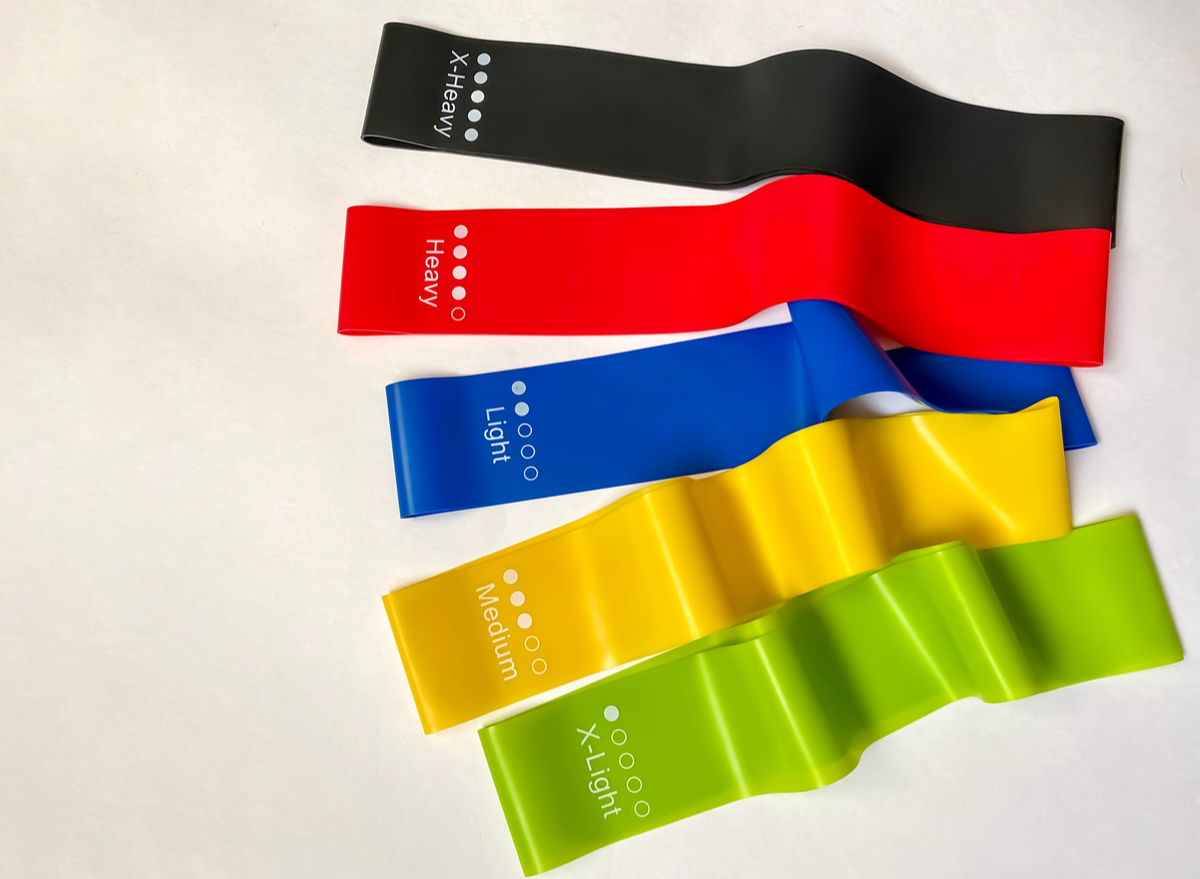Secret Tricks for Getting a Lean Body After 60

Many people can’t help but think “it’s all downhill from here” on their 60th birthday. While that may have been true decades ago, times have changed. Haven’t you heard? 60 is the new 40!
It may be a little harder to build lean muscle and burn excess fat later in life, but it’s by no means impossible. “Building muscle after 60 is slightly more difficult than when you’re 25. Your anabolic hormones like testosterone are lower, your recovery is slightly slower, and your body responds a little less to training,” explains Daniel Richter, CPT, CEO of StrengthLog.
That all may sound somewhat deflating, but the truth is older adults can still transform their bodies in a major way. Mr. Richter goes on to explain that adults in their 60s can still expect roughly 80% of the muscle growth they would have seen in their 20s or 30s.
The problem is that older individuals have been conditioned since they were young to give up on their physical health and appearance goals past a certain age. Troublingly, research published in the Journal of Personality and Social Psychology reports self-esteem among older adults usually drops off a cliff after the age of 60. Many older individuals can’t help but assume they’re too fragile and weak to keep exercising—and in many cases, that’s just not true.
“The secret to training to stay strong and lean when you get older is…stop training like you’ll break or you’re fragile,” comments Tom Jankas, NASM CES, NASM PES, NASM FNS. “Your body still responds the same way it normally would. It didn’t change. The biggest mistake I see with older clients is someone told them they were old and therefore could no longer push themselves or lift weights.”
Of course, everyone’s body and health history is different, which is why it’s very important for older adults to consult their doctor before starting any new, ambitious fitness regimen. Natalia Maldonaldo, certified health coach and co-founder of Warrior Life Code, stresses that it’s essential that any older adult looking to lean out undergo a full physical check-up before getting started to ensure their body can handle a weight loss transition. “For example, if you have heart problems, you must be highly cautious and modify your workout regimen accordingly,” she adds.
Read on to learn a number of helpful tips older adults should keep in mind while working toward a lean and toned physique. And for more, check out 3 Major Secrets to Living to 99, According to Betty White.
Don’t avoid heavy weights and low reps

First and foremost, make strength training a priority. While the word “lean” is most synonymous with a small waist, you’re also going to want some toned muscles to show off once you shed any extra weight. Moreover, weightlifting helps burn fat too!
According to Erin Mahoney, MA, CPT, founder of EMAC Certifications, a regular strength training routine can build lean body mass, improve bone density, and keep older adults mobile well into their golden years. Many older adults tend to go for lots of reps with low weights, but Mahoney suggests going for lower reps with heavier weights. Why? This will both increase lean body mass and the number of calories burned per day.
“Additionally, this type of training translates well to activities of daily living. Everyone will have to exert a lot of force in a short time,” Mahoney says. “For example, if you trip and need to catch yourself or if you need to get a heavy box or water bottle in the house. You can prepare for these types of activities by doing lower rep ranges of 6 to 12 (to build lean mass) and even 1 to 6 (to build maximum strength).”
This tip should, of course, only be followed to a certain extent. Older adults shouldn’t try to beat their personal bests from decades earlier, but at the same time pushing oneself is a hallmark of effective exercise. “Want to be lean and fit when you’re older? Lift weights. Lift heavy, just be smart about it,” Tom Jankas adds.
Related: Sign up for our newsletter for the latest health and fitness news!
Find an aerobic hobby

You don’t have to live in the gym to build a lean physique. While building strength a few days per week is a good start, you can fill in the rest of your week with a fun yet fat-burning hobby or activity.
“Despite popular beliefs, cardio is a valuable part of training, especially when trying to attain a lean physique. Strength training will never burn as many calories as a 60-minute bike ride will!” says Briana Williams, PT. “Older adults experience increased fat mass with age, and a significant piece of the fat loss puzzle is increased calorie expenditure. Aerobic activity takes the cake for its effectiveness and enjoyability.”
Williams suggests any number of activities such as swimming, tennis, biking, running, and squash. Such pastimes result in major calories burned. For example, the Mayo Clinic tells us that one hour of swimming would result in 423 calories burned for a 160-pound individual. That’s a major increase over the 314 calories burned during an hour of walking.
Related: Think Twice About These Exercises After Age 60, Trainer Says
Supplement your workouts with walks

We may have just established that swimming burns more calories than walking, but older adults should definitely find time for walks as well. Walking represents the easiest and simplest form of physical activity, but it can still provide some serious help on the road to a lean physique.
“Walking is an underrated fat loss tool, especially for older adults,” says Williams. “Since it’s so low impact, people can walk more without feeling like they’re ‘working out.’ Older adults should take walks after meals, as post-meal exercise can lead to improved insulin sensitivity and nutrient partitioning.”
Those daily strolls don’t have to be all that long either. One study published in Preventive Medicine reports a half-hour walk five times per week is enough to decrease body fat and improve overall aerobic fitness. Another research project published in Clinical Cases in Mineral and Bone Metabolism finds that the very same walking schedule will also help maintain overall body strength and prevent the loss of muscle mass.
Related: 45% of People Walk More After This Health Scare, New Data Says
Take a seat at the gym

We all know that sitting for too long can be harmful to our health, but older adults shouldn’t be afraid to take a seat the next time they’re in the gym. No, not to just lounge around. Instead, those over 60 looking to get leaner should take advantage of both weightlifting machines and seated free weight exercises.
Using weightlifting machines will help older individuals maintain proper form, a consideration that is essential to working out effectively and safely, according to Christine VanDoren, RD, CPT, of SportingSmiles.
And that’s not all: “Being seated while performing free weight exercises takes some strain off of the feet and joints, allowing for you to lift heavier weights,” VanDoren adds. “The more muscle you are able to build, the more calories you will burn at rest, resulting in achieving a leaner body at a faster rate.”
Related: 5 Popular Exercise Habits You Should Skip After 60
Use resistance bands

As touched on earlier, every person is on their own unique fitness journey. As such, many older adults may not feel comfortable picking up heavy weights—or any weights for that matter—in the very beginning of a renewed fitness push. For those that fall into this category, resistance bands are a great way to slowly and safely acclimate one’s body to resistance exercises.
Even better, research published in SAGE Open Medicine concludes training with elastic resistance bands promotes very similar strength gains in comparison to weightlifting. A similar study published in the Journal of Strength and Conditioning Research focused on replacing free weights with resistance bands while doing squats. Once again the study found little difference in muscle activation when some free weights were replaced with resistance bands.
For more, check out the Secret Effects of Lifting Weights Just Once Per Week.








